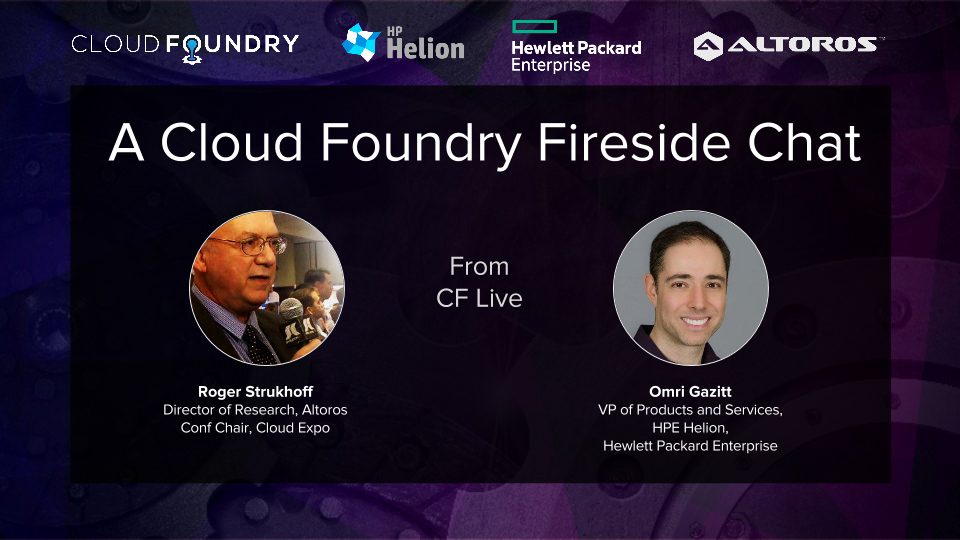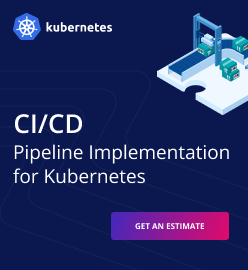A Cloud Foundry Fireside Chat with Omri Gazitt of HPE Helion

Our initial interview was with Michael Maximilien (aka Dr. Max) of IBM Cloud Labs. Today, we are happy to present our chat with , who serves as a VP of Products and Services, HPE Helion, Hewlett Packard Enterprise.
CFLive: Please tell our audience what you do, what you’re working on, and your relationship to Cloud Foundry.
Omri: I oversee product and service management for HPE’s Cloud portfolio, including our open-source platforms—Helion OpenStack and Helion Cloud Foundry, private cloud solutions from Helion CloudSystem, and managed cloud solutions from Helion Managed Cloud. Over the last two years, I helped to bootstrap HPE’s involvement with Cloud Foundry, including overseeing the acquisitions of Uhuru Software and ActiveState’s Stackato, as well as building out our Seattle-based Cloud Foundry team.
CFLive: What are the greatest challenges and greatest competition facing the Cloud Foundry community in 2016?

Omri Gazitt, HPE Helion, HPE
Omri: Cloud Foundry will continue to strengthen its position as the leading multi-vendor open-source PaaS ecosystem and grow its adoption in the Enterprise. However, the proprietary cloud offerings (AWS, Azure, and GCP) will continue to set the bar both for IaaS and PaaS, and most enterprises will look for the same levels of maturity and capability in Cloud Foundry that they find in these offerings. Cloud Foundry needs to continue to keep pace with the proprietary platforms to build its appeal and adoption in the Enterprise.
CFLive: From HPE’s and the Stackato team’s perspective, what are two or three top improvements needed for Cloud Foundry?
Omri: Cloud Foundry was born well before the current innovation explosion we are seeing in the container ecosystem. Having Cloud Foundry adopt runC as its container engine last year is a great example of how the CF project is starting to harmonize with that wave of innovation. We need to continue to rationalize our stack against this ecosystem, and take advantage of the best it has to offer.
We also need to have more optionality and plug-in points, and adopt the “batteries included, not required” philosophy that other ecosystems have utilized successfully. Good plug-in points include:
- the router (where we should be able to plumb down into the underlying networking layer)
- the identity and access layer (where we should be able to easily federate with other identity systems)
- the DEA (where the API contract can allow plugging in different DEA types, such as a Windows DEA).
Finally, it would be great to have greater flexibility in how we deploy and manage Cloud Foundry instances at successive levels of scale—from developer-scale (a single Vagrant box) to lightweight cluster (a small number of VMs) to a full-blown BOSH-managed production deployment on many nodes.
Related slides
Here is a Slideshare deck Omri presented about HPE and Cloud Foundry at the Cloud Foundry Summit in Berlin in November 2015.









